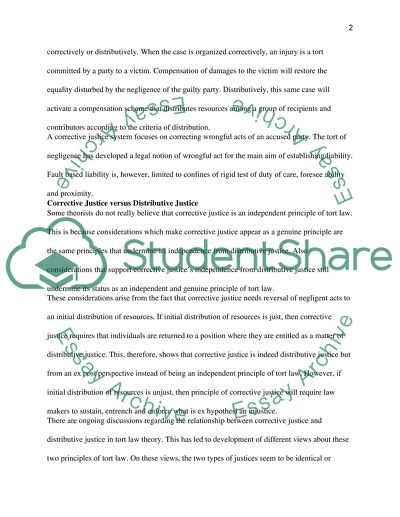Cite this document
(“'Corrective and distributive justice are less at odds, in directing Essay”, n.d.)
'Corrective and distributive justice are less at odds, in directing Essay. Retrieved from https://studentshare.org/law/1475963--corrective-and-distributive-justice-are-less-at
'Corrective and distributive justice are less at odds, in directing Essay. Retrieved from https://studentshare.org/law/1475963--corrective-and-distributive-justice-are-less-at
('Corrective and Distributive Justice Are Less at Odds, in Directing Essay)
'Corrective and Distributive Justice Are Less at Odds, in Directing Essay. https://studentshare.org/law/1475963--corrective-and-distributive-justice-are-less-at.
'Corrective and Distributive Justice Are Less at Odds, in Directing Essay. https://studentshare.org/law/1475963--corrective-and-distributive-justice-are-less-at.
“'Corrective and Distributive Justice Are Less at Odds, in Directing Essay”, n.d. https://studentshare.org/law/1475963--corrective-and-distributive-justice-are-less-at.


